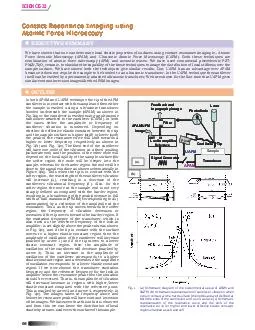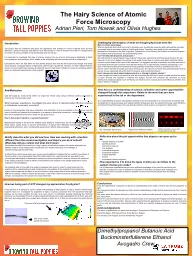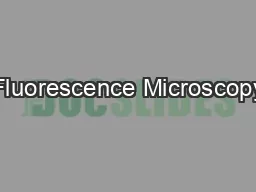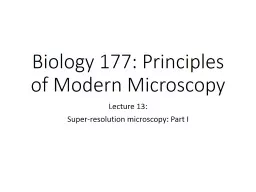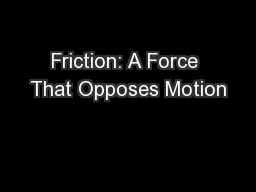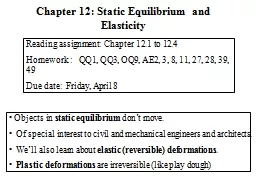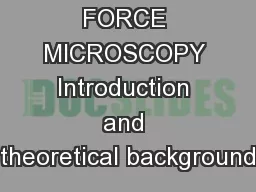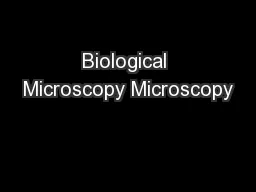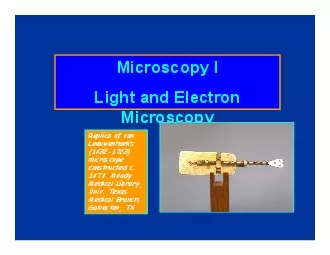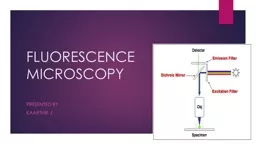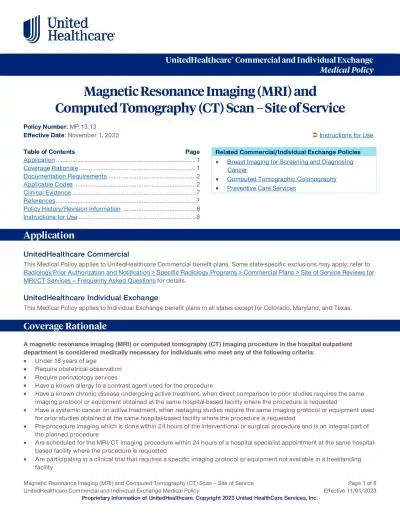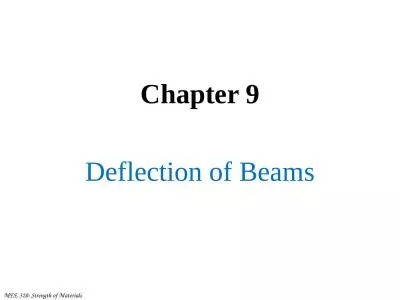PDF-OUTLINE EXECUTIVE SUMMARY Contact Resonance Imaging using Atomic Force Microscopy We
Author : test | Published Date : 2014-12-20
Atomic Force Acoustic Microscopy AFAM and Ultrasonic Atomic Force Microscopy UAFM Both these techniques are combination of atomic force microscopy AFM and acoustic
Presentation Embed Code
Download Presentation
Download Presentation The PPT/PDF document "OUTLINE EXECUTIVE SUMMARY Contact Reson..." is the property of its rightful owner. Permission is granted to download and print the materials on this website for personal, non-commercial use only, and to display it on your personal computer provided you do not modify the materials and that you retain all copyright notices contained in the materials. By downloading content from our website, you accept the terms of this agreement.
OUTLINE EXECUTIVE SUMMARY Contact Resonance Imaging using Atomic Force Microscopy We: Transcript
Download Rules Of Document
"OUTLINE EXECUTIVE SUMMARY Contact Resonance Imaging using Atomic Force Microscopy We"The content belongs to its owner. You may download and print it for personal use, without modification, and keep all copyright notices. By downloading, you agree to these terms.
Related Documents

